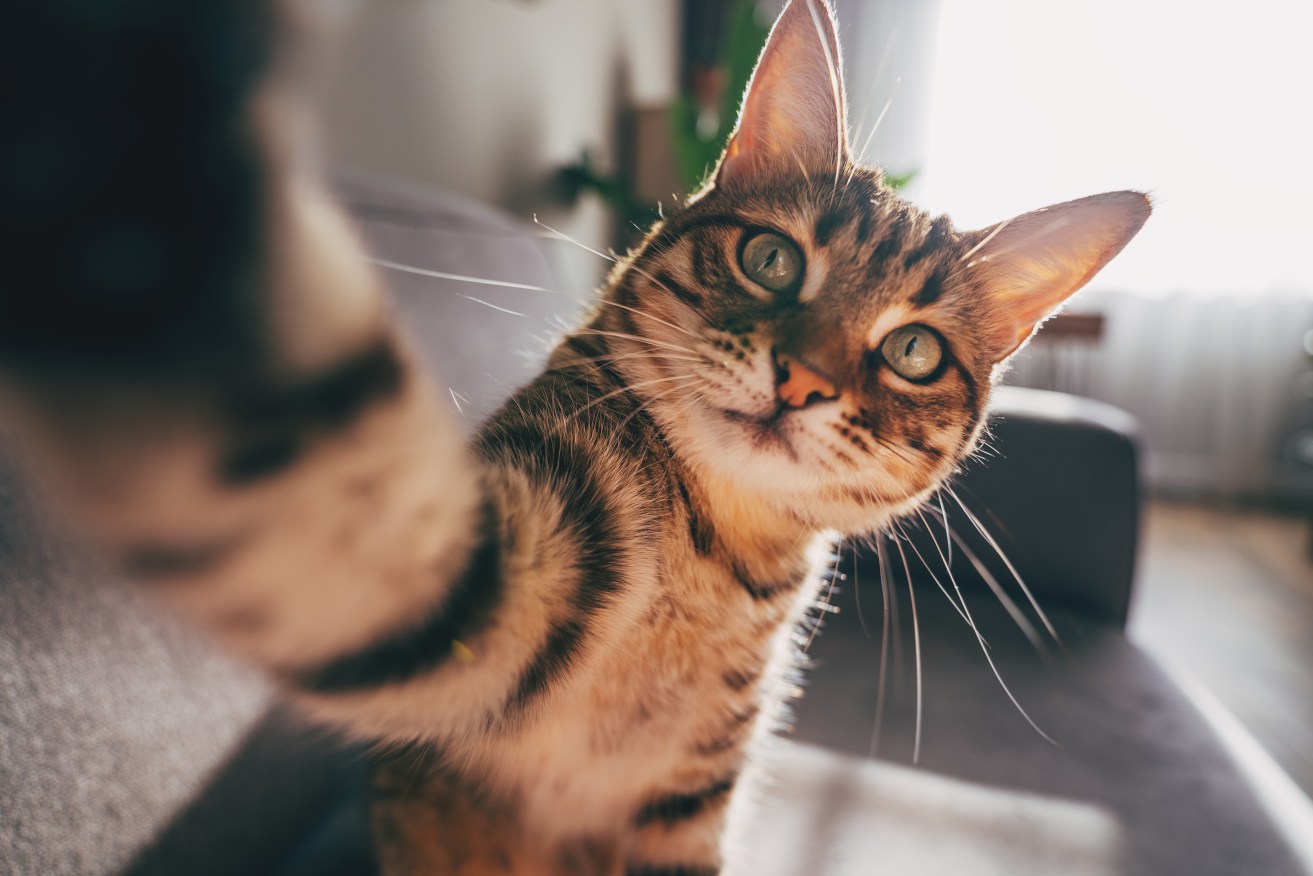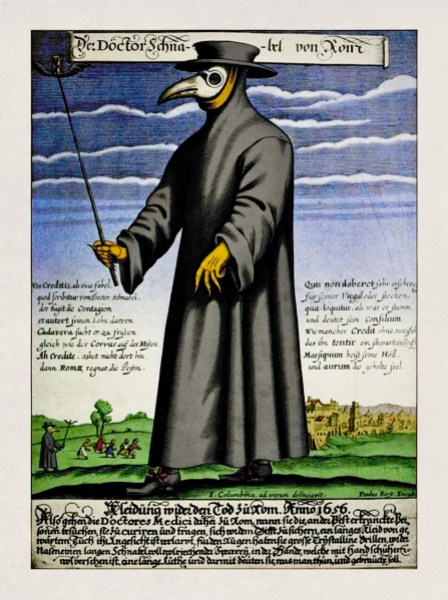Look what the cat dragged in: Why the plague won’t go away


A sick cat infected its owner with the bubonic plague. No flea bite involved. Photo: Getty
The plague lives on. The good old Black Death may have passed its prime – killing more than 25 million people in Europe in the 14th century – but it keeps bobbing up.
This week, a resident of Deschutes County, Oregon, was diagnosed with bubonic plague – and the person’s cat, sick with symptoms, appears to have passed it on.
The bacteria that causes the plague, Yersinia pestis, is most commonly passed on to humans in a flea bite.
But in this instance, the cat probably infected its owner via plague droplets. Cute little sneezes turned deadly.
According to the Centers for Disease Control (CDC), cats are “particularly susceptible to plague, and can be infected by eating infected rodents”.
Several cases of human plague “have occurred in the United States in recent decades as a result of contact with infected cats”.
The last confirmed case of plague in Oregon was 2015. To learn more about plague in cats, see here.
See a doctor before the black boils settle in
According to the World Health Organisation, bubonic plague is the most common form of plague.
When you’re bitten by an infected flea, Yersinia pestis, enters at the bite and travels through the lymphatic system to the nearest lymph node where it replicates itself.

A plague doctor from the bad old days. Photo: Getty
The lymph node then becomes inflamed, tense and painful, and is called a ‘bubo’. At advanced stages of the infection the inflamed lymph nodes can turn into open sores filled with pus.
Human-to-human transmission of bubonic plague is rare.
Bubonic plague can advance and spread to the lungs, which is the more severe type of plague called pneumonic plague.
What to look for, just in case
The last cases of human plague in Australia occurred in the 1920s. Between 1900 and 1910, an epidemic killed about 550 people.
There are up to 2000 confirmed cases of plague globally each year, and most of those occur in Madagascar.
And while Australia seemingly remains plague free, the disease might hitch a ride with overseas travellers.
Plague now and then occurs in many countries in Africa, the former Soviet Union, the Americas and Asia.
For the sake of giving yourself a fright, bubonic plague symptoms include:
- Sudden high fever and chills
- Pains in the areas of the abdomen, arms and legs
- Headaches.
As do flu and viral infections. So keep your eyes peeled for those large and swollen lumps in the lymph nodes (buboes) that develop and leak pus.
Symptoms of septicemic plague may include blackened tissue from gangrene, often involving the fingers or toes.
The plague is a rapidly progressing disease that can lead to death if untreated.
If you suspect you have it, call a doctor right away or go to an emergency room for immediate medical attention.
What happened to the cat?
Both resident and cat have been treated with antibiotics, intimates have been examined, and the risk of the disease spreading is very low.
A Deschutes County health official, in a statement, advised: Fortunately, “this case was identified and treated in the earlier stages of the disease, posing little risk to the community”.
How is the plague persisting
According to Healthline, the risk of plague is highest in areas that have poor sanitation, overcrowding, and a large population of rodents.
Over the past 20 years, nearly all cases have been reported among people living in small and agricultural villages rather than overcrowded cities.
According to the CDC, plague occurs in rural and semi-rural areas of the western US.
In the semi-arid upland forests and grasslands many types of rodent species can be carrying the bacteria.
These include rock squirrels, wood rats, ground squirrels, prairie dogs, chipmunks, mice, voles, and rabbits. Wild carnivores can become infected by eating other infected animals.
Scientists think “plague bacteria circulate at low rates within populations of certain rodents without causing excessive rodent die-off”.
These infected animals and their fleas “serve as long-term reservoirs for the bacteria”. This is called the enzootic cycle.
Where it really started in the US was in the early 20th century, with the steamships bringing rats and their fleas from abroad.
And there is no getting rid of rats or these other rodents. It has been tried.
And if we can’t get rid of rodents, we can’t get rid of the plague.








